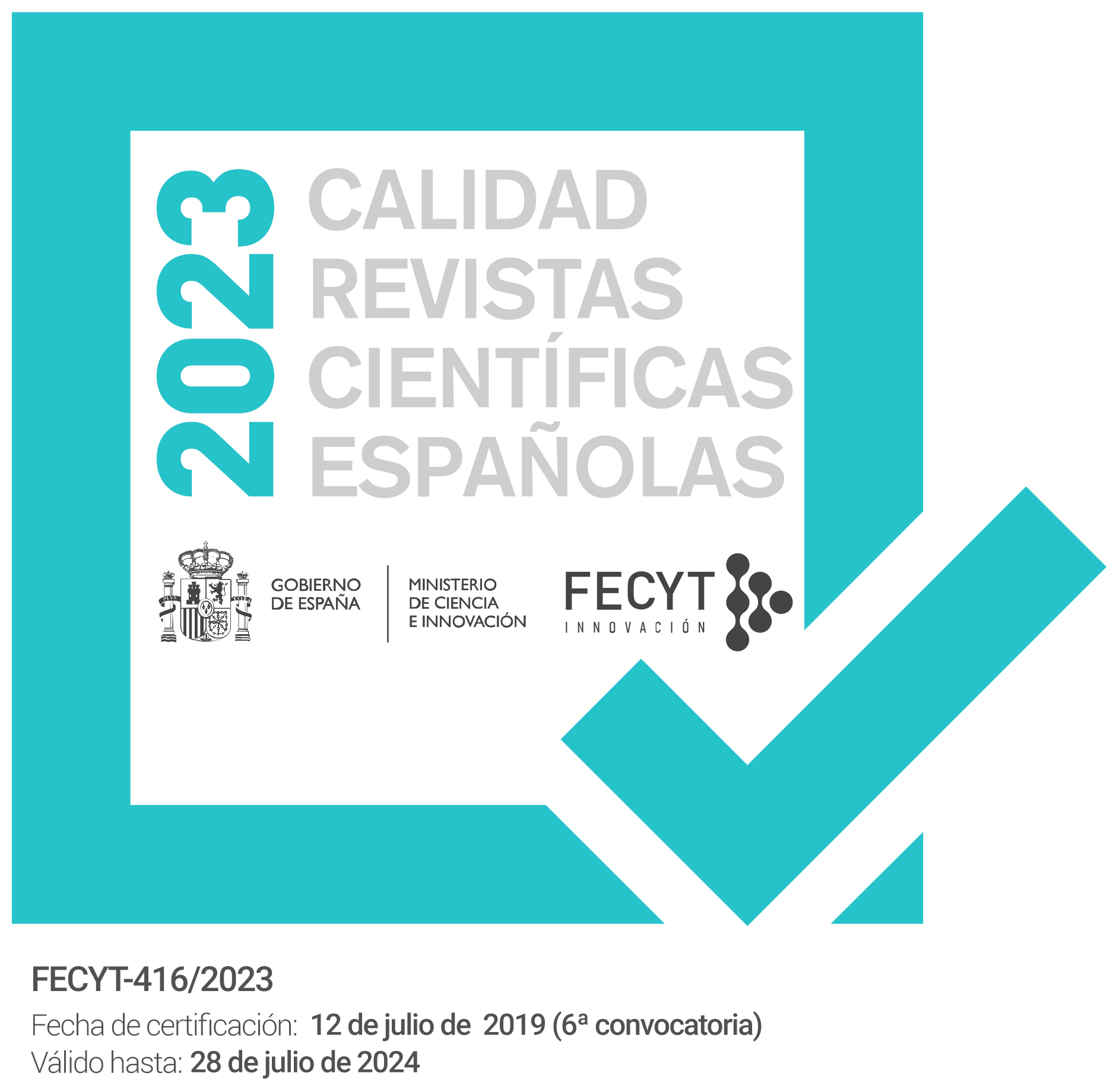Estudio Iconográfico e Iconológico del Patrimonio. El Retablo principal de la Capilla del Rosario de Santo Domingo de Las Casas. Chiapas. México
Keywords:
iconografía, iconología, barroco, retablo, iconography, iconology, baroque, altarpieceAbstract
El presente estudio se realiza con la intención de difundir, conservar y rescatar el significado de la iconografía e iconología de la memoria histórica representada en los retablos de los templos cristianos, los cuales forman parte del patrimonio histórico material y que son producto de la fusión de dos culturas, la Ibérica y la indígena, dando como resultado un sincretísmo característico, el cual se puede ver plasmado en sus obras, que por el paso del tiempo se ha ido perdiendo en el olvido el significado y su función dentro de los espacios religiosos.
This study was done with intent to disseminate, preserve and rescue the meaning of the iconography and iconology of historical memory, represented in the altarpieces of Christian churches, which are part of the historical material heritage and are the product of merging two cultures, the Iberian and indigenous, resulting a syncretism characteristic, which can be seen reflected in his works, which over time has been lost in oblivion the significance and role in religious spaces.
Downloads
Downloads
Issue
Section
License
The articles are open access distributed under the terms of the Creative Commons Attribution-NonCommercial-NoDerivatives (CC BY-NC-ND) Spain 4.0 license. Authors who publish in this journal agree with the following terms:
a) Authors retain the copyright and guarantee the journal the right to be the first publication of the work as well as licensed under a Creative Commons Attribution License that allows others to share the work with a recognition of the authorship of the work and the Initial publication in this magazine.
b) Authors may separately establish additional agreements for the non-exclusive distribution of the version of the work published in the journal (for example, place it in an institutional repository or publish it in a book), with recognition of its initial publication in this magazine.
c) Authors are allowed and encouraged to disseminate their work electronically (for example, in institutional repositories or on their own website) before and during the submission process, as it may result in productive exchanges, as well as a earliest and largest citation of published works (See The Effect of Open Access).



